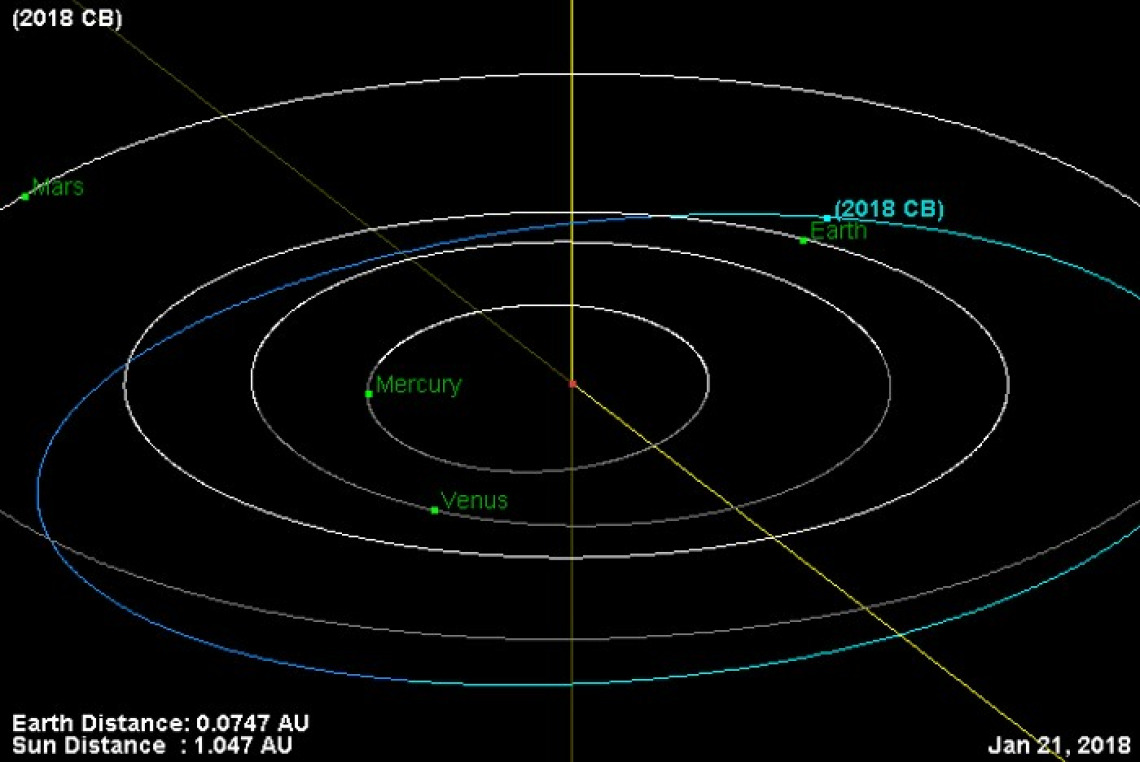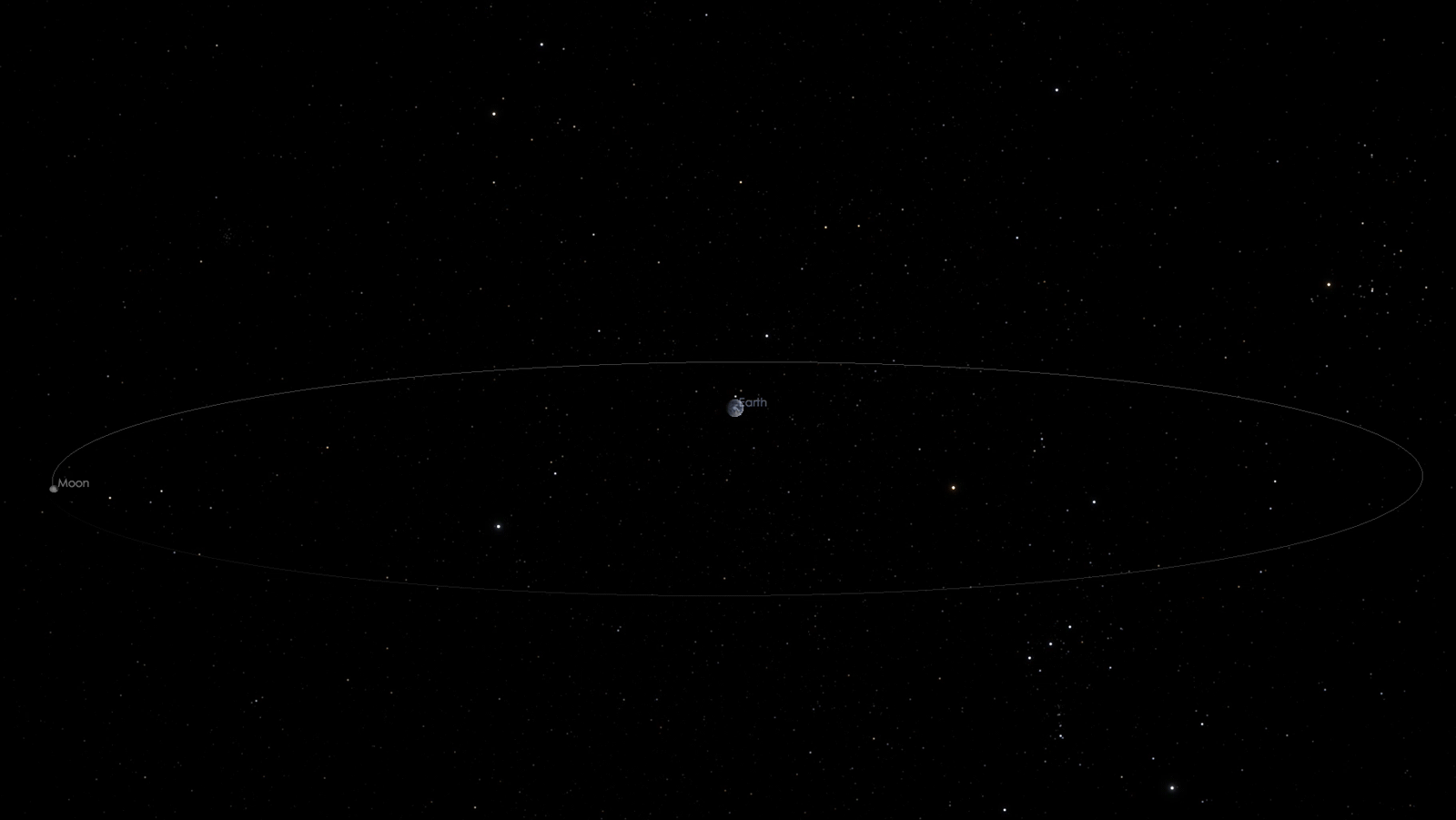Catalina Sky Survey finds double trouble in near-Earth neighborhood

In the early hours of February 4, 2018 Catalina Sky Survey observer Carson Fuls captured the first images of two new Earth-grazing asteroids, now designated as 2018 CB and 2018 CC. Scanning near real-time images acquired at the University of Arizona’s 0.7-meter Schmidt telescope on Mt Bigelow in the Santa Catalina mountains outside Tucson, Fuls detected the new asteroids as moving blips of light tracking against a background field of stars. Over the next hours further observations from telescopes located atop Mt Lemmon and Kitt Peak in southern Arizona, and later from telescopes in Japan, England, and the Czech Republic indicated that the orbits of these two asteroids would bring then into close approach to Earth within only a few days’ time.
Near-Earth asteroid 2018 CB soared by Earth on the morning of February 9, when it came to within about 40,000 miles of Earth, less than one-fifth the distance to the moon. Although the asteroid is 15 to 40 meters across (50 to 130 feet) and hurtled by Earth at an astonishing 58,000 kilometers per hour (26,000 miles per hour), it posed no impact threat to Earth. However, additional observational data acquired during its close approach will enable astronomers to more accurately determine its trajectory so it can be better tracked when it passes by Earth again in the future. One of the professional astronomical facilities to observe 2018 CB during it’s close passage included NASA’ Goldstone Radar telescope, which attempted to pinpoint the asteroids position, distance, and trajectory and may also be able to better characterize the objects size, shape, and perhaps rotational period as well. The figure above shows the orbital position of 2018 CB relative to Earth two weeks prior to its discovery (diagram generated from JPLs Small Body Database tool). The animation below showing schematic of 2018 CB passing between the Earth and moon on February 9, 2018 (JPL/Caltech/NASA).

Interestingly, the close approach of 2018 CB, coupled with its size will made it observable to backyard astronomers with modest 8-inch telescopes, a rarity for near-Earth asteroids.
Earlier in the week on February 7, asteroid 2018 CC skimmed past Earth at a distance of 114,000 miles, less than half the Earth-moon distance. At a size of 15 to 30 meters across (50 to 100 feet), 2018 CC is slightly smaller than 2018 CB yet similar in size to the small asteroid that impacted over Chelyabinsk Russia in 2013. Like 2018 CB, it posed no impact threat to Earth although it will now be added to a long and growing list of near-Earth asteroids that require monitoring during their periodic passages and encounters in Earth’s neighborhood.
The mission of the NASA-funded Catalina Sky Survey (CSS) is fully dedicated to discover and track near-Earth objects (NEOs), most of which are asteroids. For twenty years CSS has been a pioneer in NEO surveying and has discovered nearly half of the 17,600 known near-Earth asteroids. The project is centered at the University of Arizona’s Department of Planetary Sciences.



